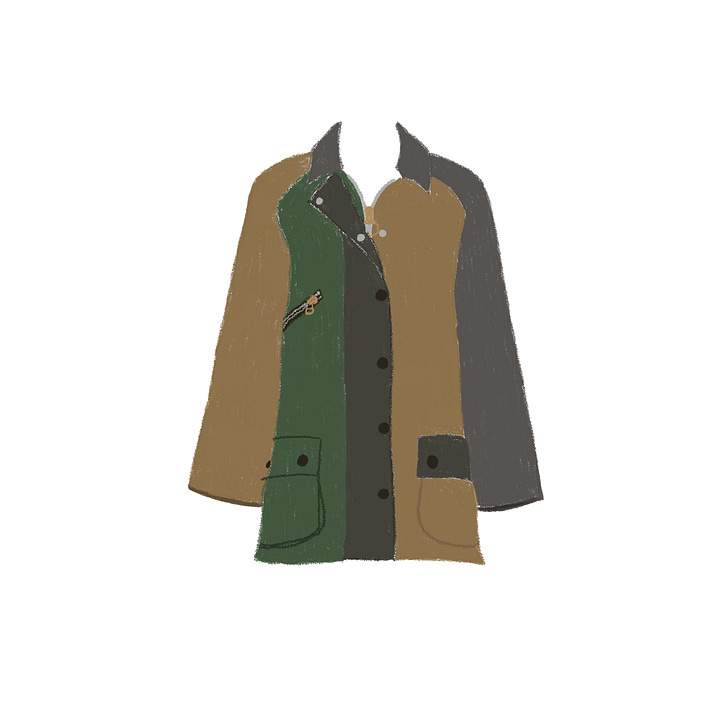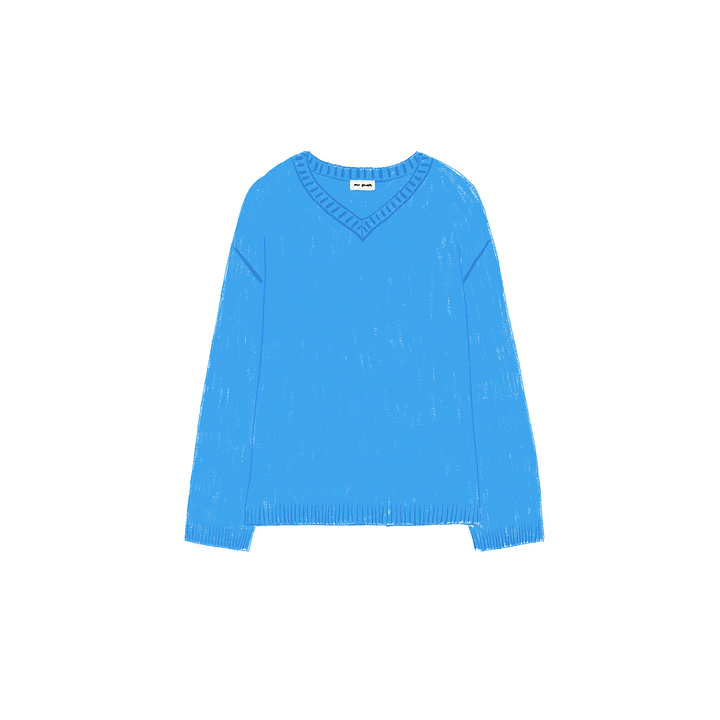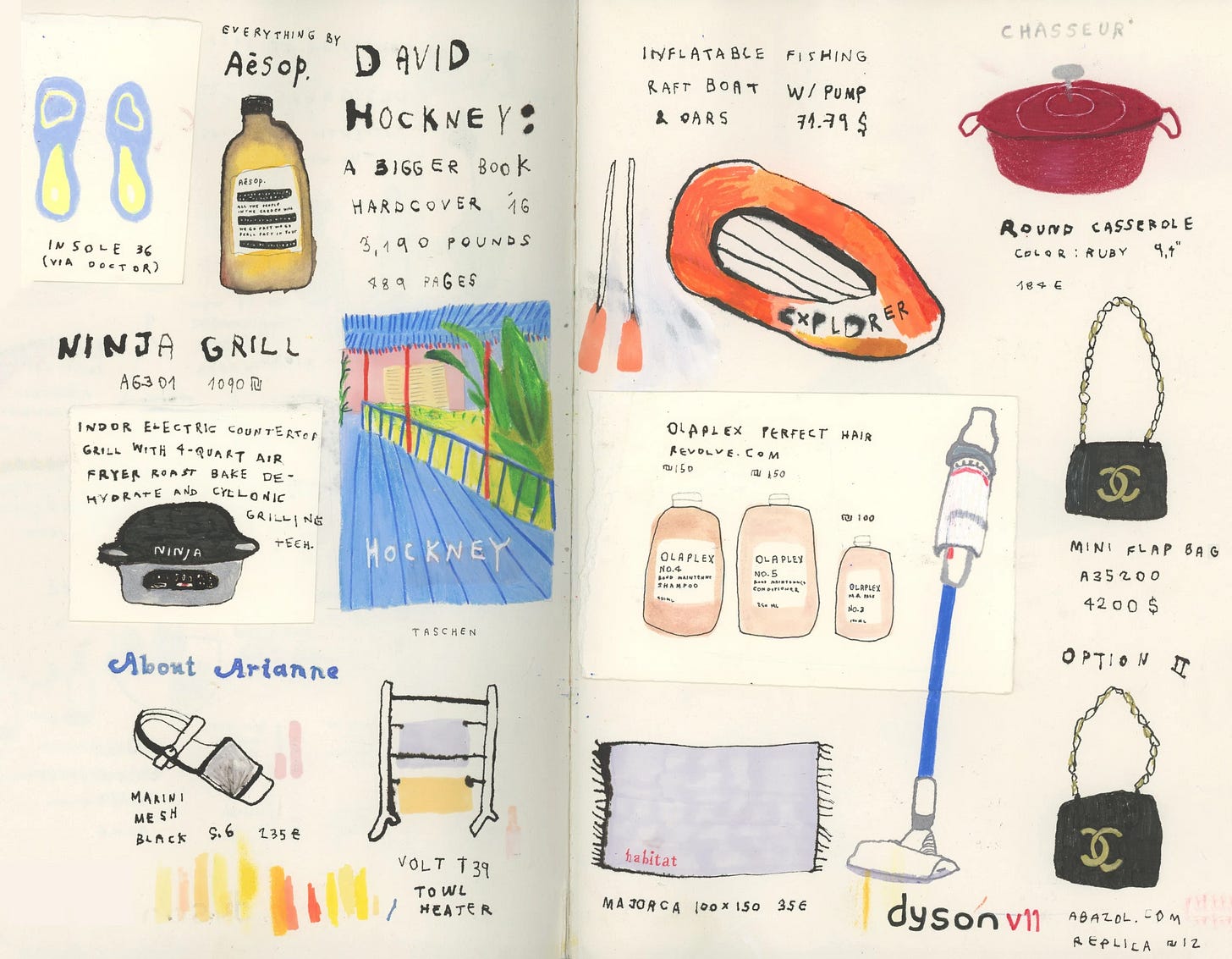The Art of Evading Material Consumption
I tried drawing my current wishlist in an effort to avoid spending
After my move to Switzerland, I am embarrassed to admit that one of the most prominent things on my mind when taking my first trip back to California was shopping. In past newsletters, I’ve alluded to the fact that really there isn’t much shopping to be had in Switzerland, in terms of the accessibility and availability I’m accustomed to. More plainly speaking, I felt somewhat commercially-deprived in my new environment. I explained this at dinner with my best friend and her older brother, lamenting about lack of options and high prices, further illustrating how my role as a consumer was an important one for me. Her older brother made a comment, one that I cannot quote specifically because it is escaping me as I type this, but the takeaway message stuck with me.
The takeaway was this: Corporations (mainly American ones) are constantly producing and stocking new products at light speed. They have the marketing budgets, strategies, and consumer behavior insights to make these things instantly desirable. They give us the illusion of choice—really they just want us to buy. The resulting mindset is one of “consumption equals happiness and fulfillment,” one I thought I’d knew better from.
I was ignoring the privilege I had in the first place to be able to uproot my life and move to another country, one that was allowing me to pursue higher education and my writing practice within a safe and stable environment. Yes, there were, and are still, moments of adjustment. But overall the impact of my move has been positive: The newfound slow pace of daily life, uncovering parts of me I did not know I had, reconnecting with family I had only seen once every few years, getting the opportunity to speak a language I never quite mastered, and, not to mention, lowering my credit card bill.
In an effort to explore where this was coming from after this conversation, I decided to review how I’d handled feelings in the past and their connection to my consumption. Aimless? Let’s go get an iced matcha, cigarettes, and a giant cookie. Disappointed? Quick walk to a boutique in the Lower Haight to buy an acrylic hair clip that you definitely won’t wear but will look nice on your vanity. Sad? Time to go spend $150 at Target on things you saw on TikTok. Happy? It’s surely the right time to spend money on shoes that have been sitting in your cart for the past two weeks in order to celebrate. Every single emotion was attached to some type of act of browsing, shopping, and spending. I felt uncomfortable noticing the times when buying took the place of writing as a way to process or cure my boredom. Much of my past shopping was motivated by grandiose ideas of what I would be doing while wearing the item, or far more dangerous, what better version of myself I could become if I owned it.
After taking this personal inventory, the root cause was now of interest. The fact that I grew up in California, exposed to American consumption, media, and materialism at its highest and most raw made a strong case. A recent example that comes to mind is the difference in the TikTok platform experience I see once I land back in the United States. I left right when the platform’s newest feature began to gain traction last summer. As of now, TikTok Shop is not available in Switzerland and resulting content from this feature does not get recommended to me on the For You page. I’m not completely insulated from social advertising when outside of the United States, but there is a noticeable difference1, to the point where I’m actually confused when I’m on the American version of the platform. Every other video is a different creator selling the same high-commission product through TikTok Shop. How do people actually escape the scrub brushes for your bathroom, red light face massagers, Korean sunscreens, and nylon travel backpacks?
Earlier in the spring, I saw an article published on It’s Nice That featuring artist Noa Goffer and her project titled The Wishlist. Goffer chooses to draw the items she wants to buy as a certain kind of redirection in order to avoid buying them. The illustrations are charming, offering a glimpse into how our consumerist urges can be transformed into something more creative and artistic. Within the article, Goffer explains, “For me, these illustrations helped in letting go of these objects. Drawing them and then exposing them to the world made me feel like I already have them.”
So I decided to try it. To break up the sameness of my do-nothing summer days, I opened the ProCreate app on my iPad and began to draw with a colored pencil brush. I chose two items that have been on my wishlist for a long time: a Barbour coat from their Alexa Chung collab, and a blue oversized ribbed sweater from The Fringes.


The practice had qualities of being slightly mindless but still stimulating. Choosing the colors, working in layers, doodling away with no particular aim other than to break the product down into two-dimensions and draw accordingly.
I found that after forty minutes of drawing, I was ready to go back to writing or the book, my mind full of new ideas and less anxious. I still had unfulfilled the desire to shop, but creation now filled that void, at least temporarily. There is no real goal with the act of drawing things you want to buy, other than to avoid actually buying them. That might be precisely why it worked. There was nowhere to be, nothing to “become” while drawing—but it still left me feeling satisfied because I actually took the time to make something, albeit just a sketch. Typical daydreams of me in street style-esque shots were replaced with the image right in front of me. It forced me to take a direct look at the product, to see all of its details and construction, beyond romanticization.
In closing: I will still shop, I will still browse for things that pique my interest. I will still continue to write this newsletter and periodically share items for sale and the things I wear. But now it is a question of where the urge to consume is coming from: if it’s a necessity or if it’s being prompted by some emotional cue, and, if it’s the latter, is there is something else I can do to respond to it better?
I think so. I’ll be drawing my wishlist on the iPad a lot more often now.
Outside of fashion, a few recommendations for you:
Film: The Anonymous Venetian (1970) - One Letterboxd reviewer states: “Kinda shit but the soundtrack bangs.” Agree. Plot line sucks, but watch it if only for the Cipriani soundtrack and scenery of Venice in the 70s.
I read Girl, Interrupted by Susanna Kaysen last week, seeing as I had watched the film but never read the book. I started The Secret History by Donna Tartt. Excited for this one since it’s not typically the genre I gravitate towards but I’m liking it so far.
Song: When you remember “These Days” by Nico exists and you feel less alone in the world.
Thank you for reading, and I’ll see you in the next one <3
I believe that this is due to GDPR within the EU and other data privacy regulations that are much stronger in Europe.






This really resonated. Particularly the way shopping is seemingly the answer to all problems even though we know it’s not. Also the way that I can convince myself that one particular item will change my life, even though we know it won’t! Great writing!
Oh I love this! Miss doodling